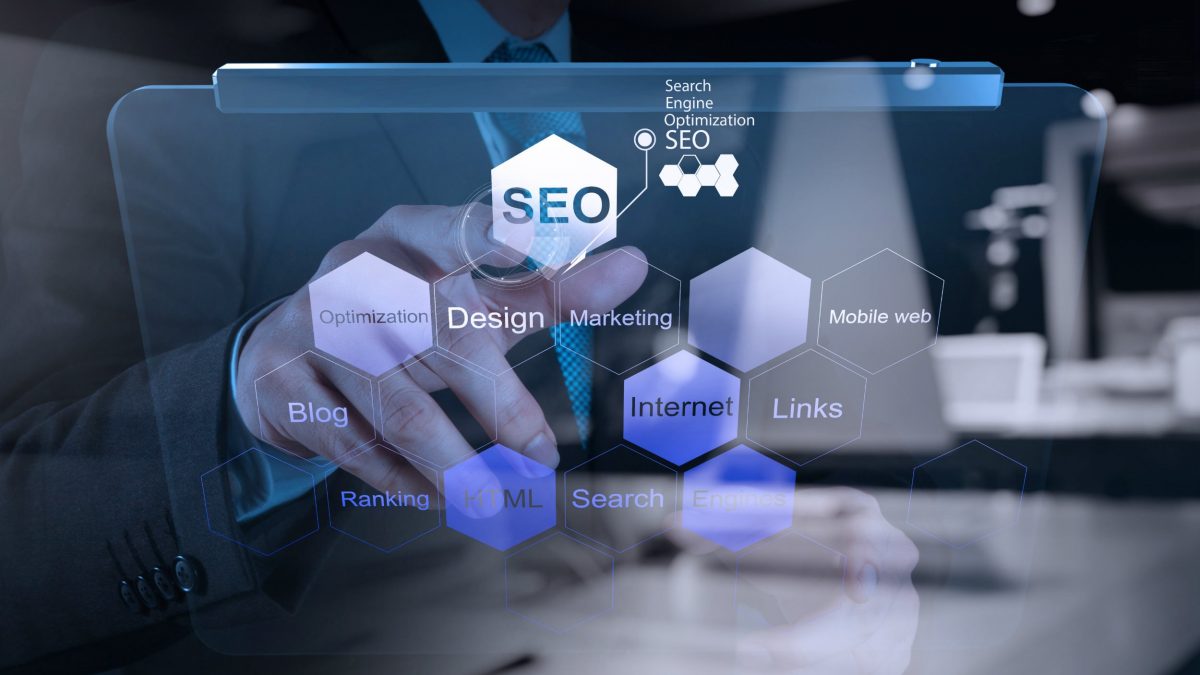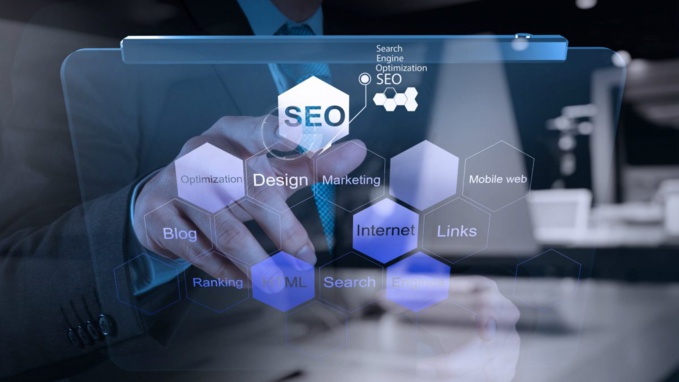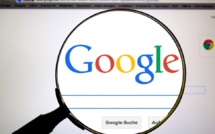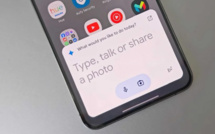SEO comprises of different parts; therefore, businesses can find it easy to oversee some of the minor steps to performing good on-site SEO. However, every little thing you need to do to increase your website’s ranking can make a tremendous difference, most notably, things that other sites may be overlooking –no matter how small. To make your site more competitive on search engines, you need to invest some time on image search optimization. This is an essential step to make your business stand out among others.
What is Image Optimization?
Image optimization is about reducing the file size of your images without losing quality so that your page load times remain low. It’s also about ranking the images on your website so that they can stand out on search engine result pages –preferably, page one.
The Relevance of Image Optimization
Image optimization is one of the crucial steps to take under your SEO umbrella. A complete SEO campaign comprises of a calculated plan for optimizing images that will be of value to your audience. Google recognizes the importance of imagery on websites and has suggested some useful tips on image optimization on their guidelines for image publishing.
If you own an online store, image optimization is what you need to bring your products ahead of your competitors so that prospects who are searching for that product can find them via search engines. Thus, image optimization is required for building a successful e-commerce website.
Why Images are Important for SEO
It is understood that SEO is mainly about keywords and texts, but many people fail to realize that images also have a very vital role to play. Images increase the chances of winning your audience’s attention and keeping it; it improves engagement, and just as we are dealing, it enhances the ranking of your website.
Research attests that people are 80% more likely to read content with an image and 64% more likely to remember it afterward. Human beings are attracted to images –and motion pictures as well. You can’t imagine finding yourself on a webpage with plain texts on a white background looking like a word document; it would look repulsive and very dull, as it may be. So, images are needed to keep a webpage alive.
How this affects the website’s Google ranking is understandable. Google crawlers and algorithm, as much as they are very fast paced, they take into account how your website visitors behave when they visit your site. Do they get out of the site immediately they get in or do they spend some time and get engaged in the contents of the website? Whichever the case may be, it affects the ranking of your website.
Tips for Image Search Optimization
So far, optimizing images for search engines is not rocket science; so it can be quickly done. Here are a few tips to get you ahead on your game.
1. Use relevant, high-quality images.
This is very important for SEO user experience. A badly cropped or blurry image will make your page look unprofessional. Images are meant to provide a better illustration for the contents on the webpage; otherwise, it is irrelevant. The best is to use an image that’s related to the content on the page and looks clear.
2. Customize the filename.
This step is straightforward, but it’s surprising that very few people know about it. Take your time to customize the image’s filename before it to your website. Rename the file using keywords that are related to the content for which the image is intended.
3. Use alt tags.
This is one part of webpages that lots of visitors won’t see, but of course, search engine crawlers go through it. Alt text can be provided for every image added to your website. This alt tags (or texts) will show up faster in cases where the browser is having troubles loading the images, and they will be replaced by the image immediately the connectivity permits. This text makes it easier for search engine algorithms to take note of the content of the page.
4. Find the right quality-to-size ratio.
This is one complicated part, you don’t want your image to be big so that it won’t slow down your website, but you want it to look great. Site speed is one of the search engine ranking factors. Website visitors would be glad to spend so much time waiting for your images to load and as such may not show much interest in the website; further translating to poor website ranking.
5. Choose the right file type.
There are three essential kinds of image files fit for websites. Understanding the different file types can help you choose the best one for your needs.
Those are just some introductory tips for you to get started, please do your own due diligence and ensure that adequate steps are taken by those tasked with your digital marketing campaign.
Check out my latest book: Meta Leadership
Visit Michael Stattelman for even more….
#metaleadership



















